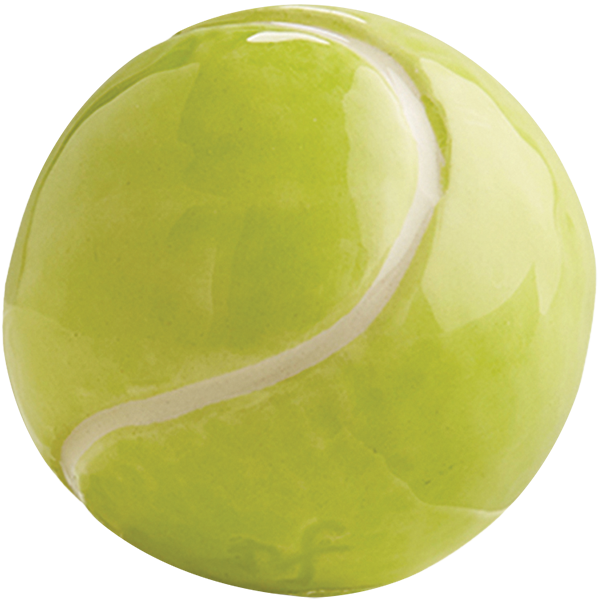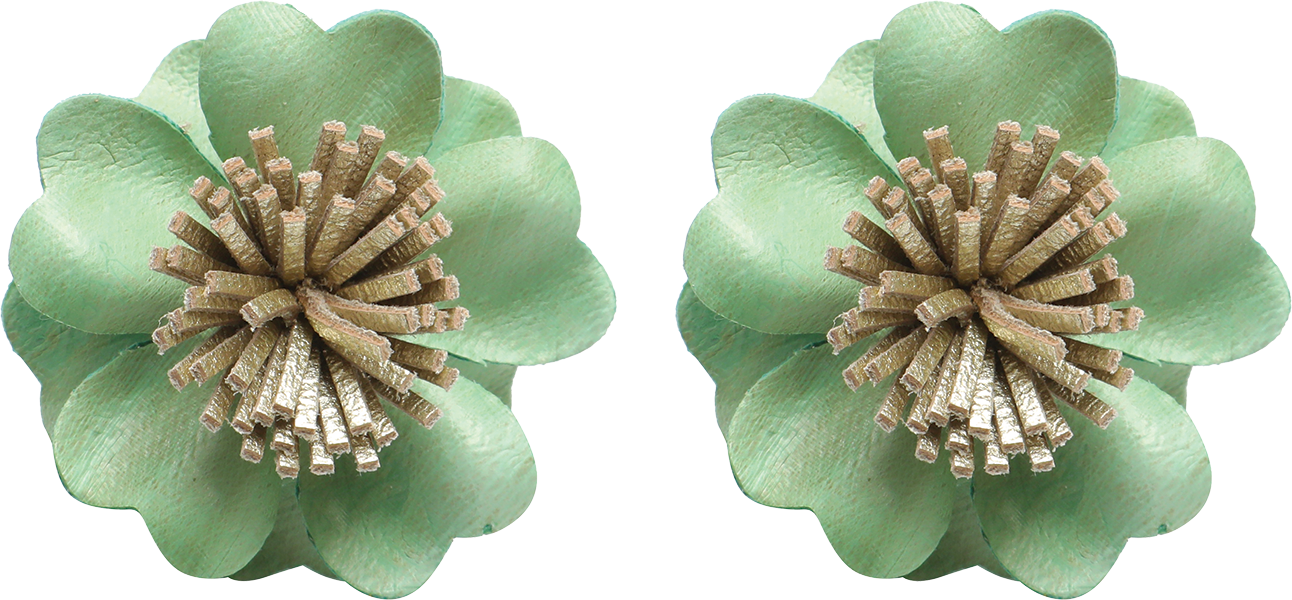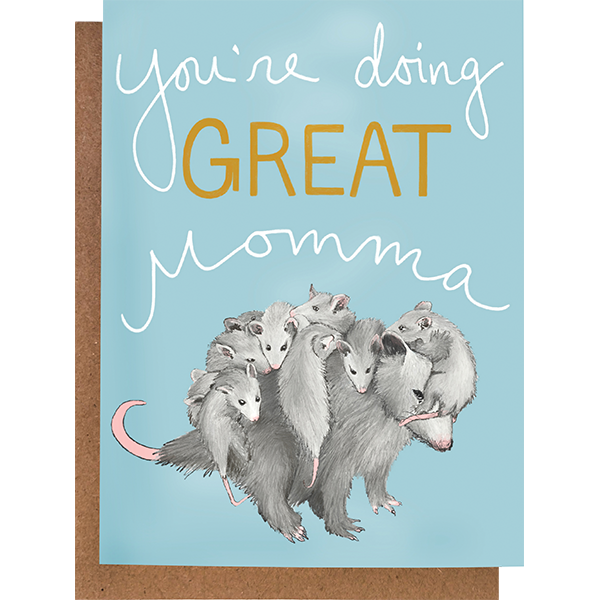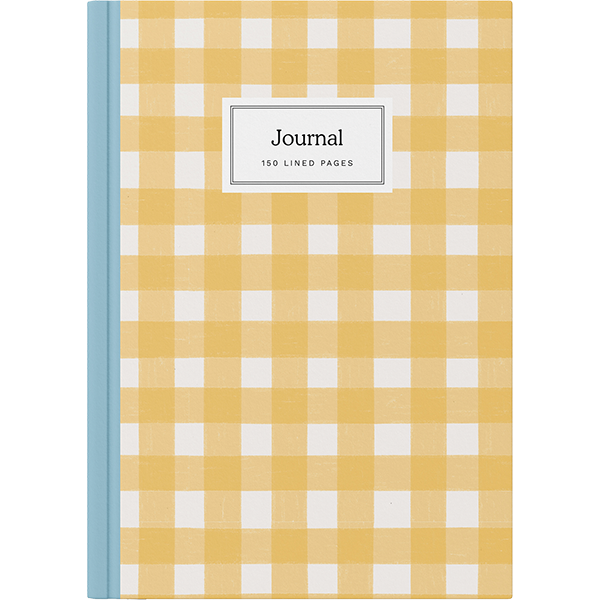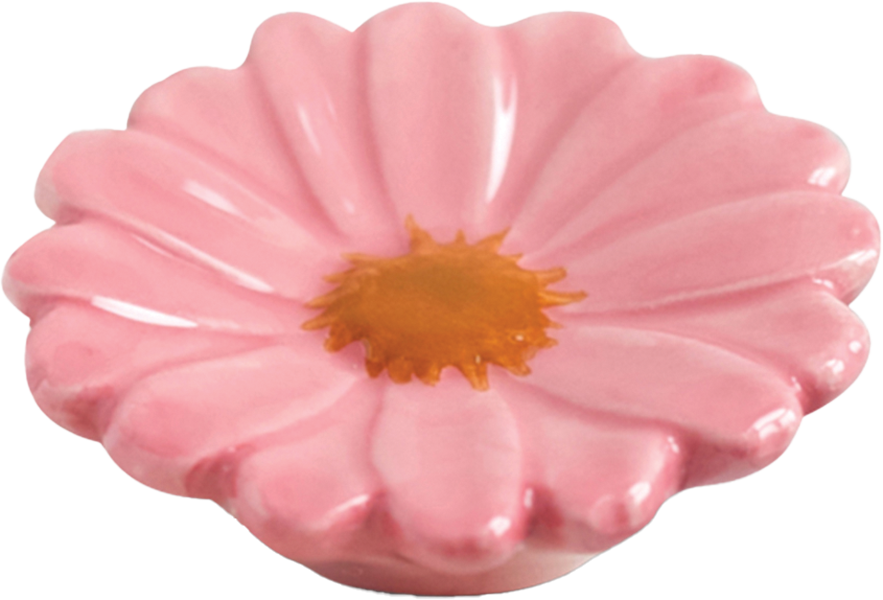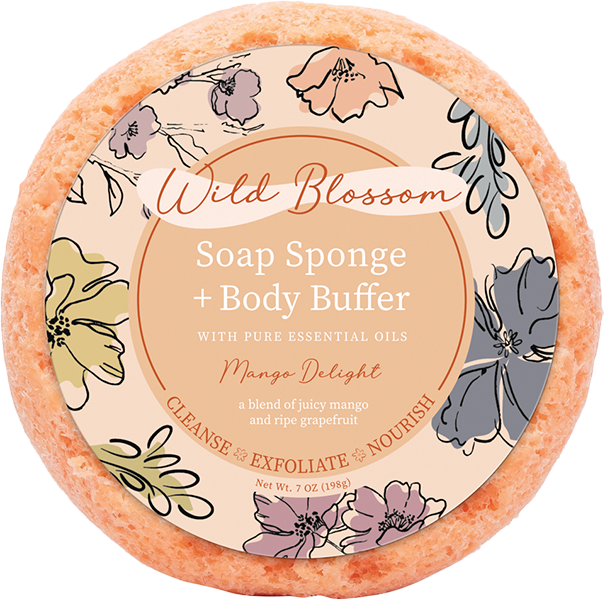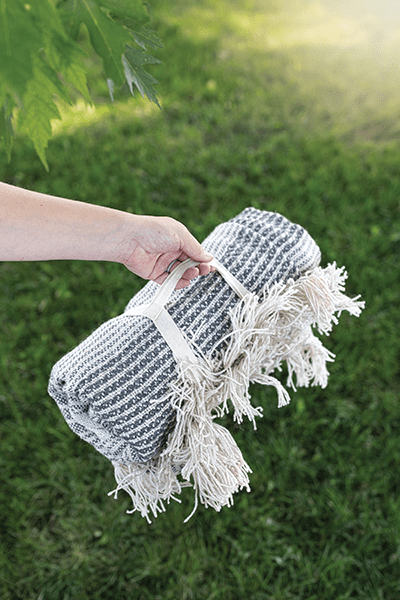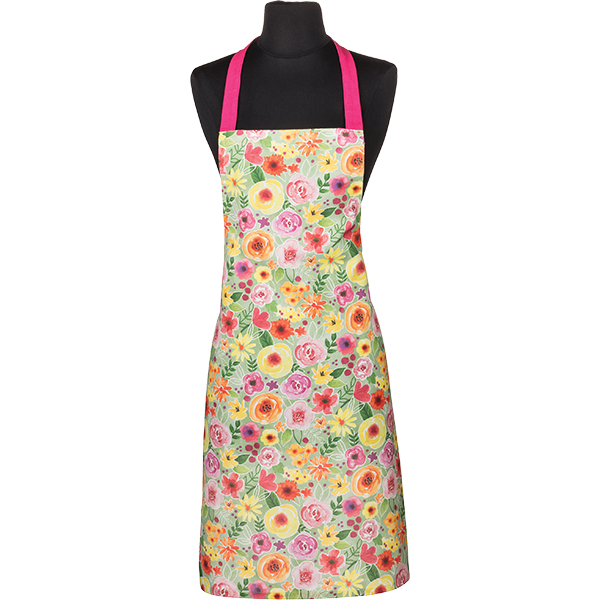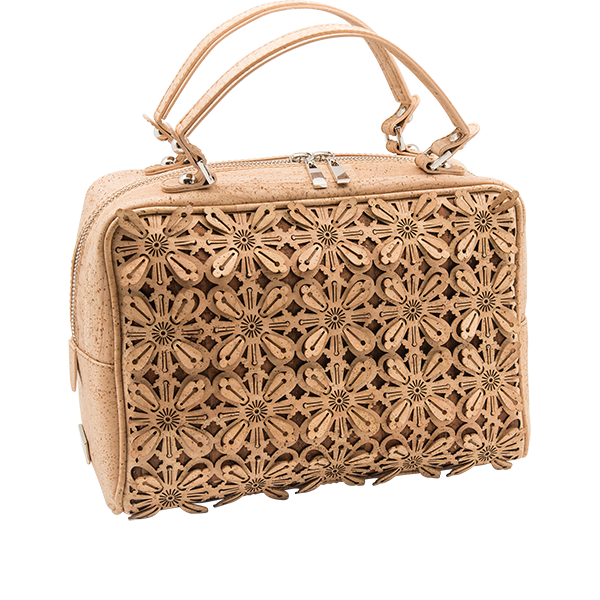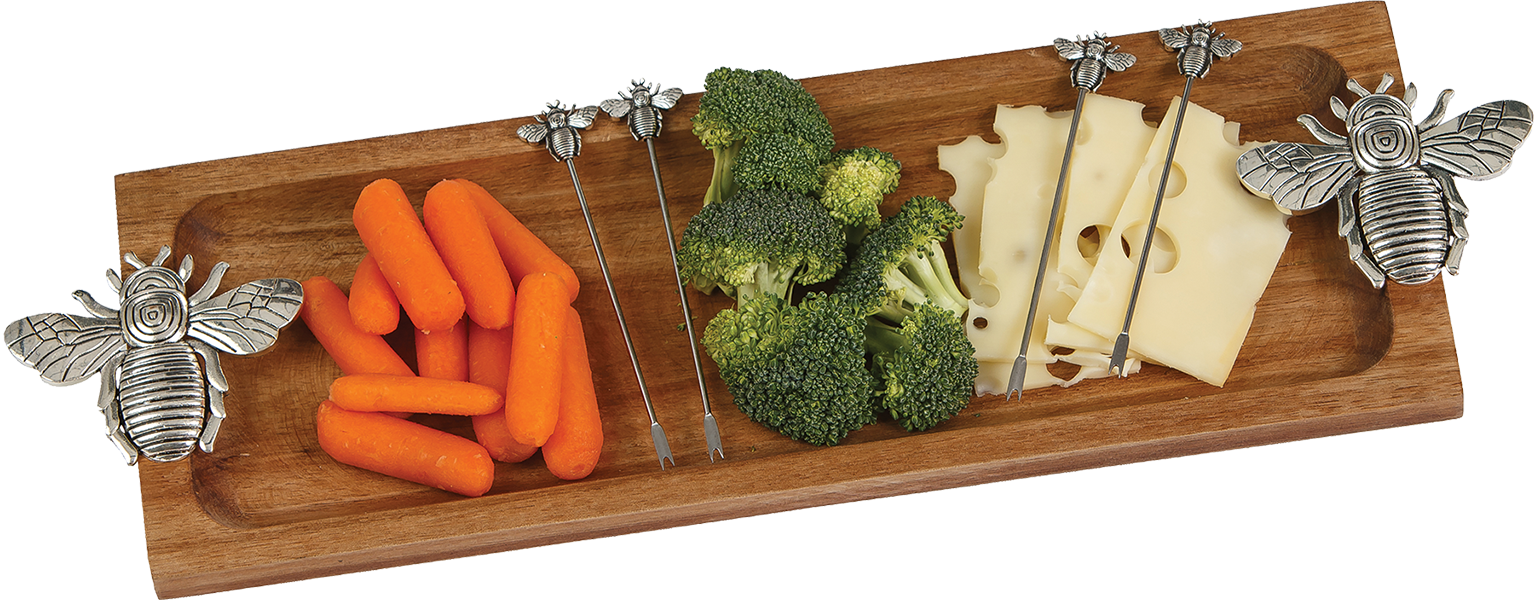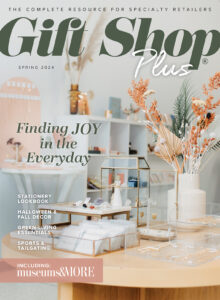Light Up Your Sales Great in-store lighting can lead to more sales
Retail Lighting DON'Ts
Common Mistakes
-
- Using incandescent lights for everything
-
- Track lighting rather than fixed locations
-
- Using floodlights rather than spotlights
-
- Random fixture layouts or visual chaos
-
- Too many shiny surfaces
-
- Black ceilings
-
- Dark finishes
-
- Accenting everything while emphasizing nothing in particular
-
- Spotty lighting. Not enough ambient light to clearly examine merchandise
Source: Pete Miller, www.retaillightinganddesign.com
Specialty store lights should add drama and excitement to the customer shopping experience, boosting sales by attracting and intriguing the target market. If you have a specialty store, you can expect your customers to respond favorably to lighting that enhances their shopping style.

Your retail store lighting design is a major element in enhancing your image, building your brand, attracting new customers and increasing sales. The challenge is to understand the character of your location, identify the customers who need your products and get them interested in becoming part of your growing client base.
Upgrade lighting for an image impact
To refresh a store’s appeal, new upgraded lighting is one of the fastest and most dramatic changes you can make, and you can recoup your costs very quickly with affordable, cost-effective LED and CFL lighting with the following solutions:
Electrical savings — Energy savings from long life, low wattage and the cool lamps of light emitting diode (LED) lighting and compact fluorescent lighting (CFL) will save you enough money that you will recoup your outlay for new, up-to-date lighting and fixtures in two or three years, and then start dramatic yearly savings in electrical expenses.
Controlled lighting — You will save time and money by installing control features that enable you to automatically control lighting with dimmers, sensors, and timing features, and the use of control boards to make changes easily.
Suitable lighting — Carefully chosen lighting takes into consideration the spill of light from fixtures, the absorption of light or its reflection from surfaces and textures, the need to separate products from backgrounds, and dramatic attention focused on featured products and specialty items. It also takes advantage of interesting architectural features of the store, inside and out.
Light levels for store types
Lighting choices are based on the size and type of store, and all need strong task lighting for cashier locations, fitting rooms and storage rooms as well as accent lighting for specialty items. Bright, vertical, ambient (general) lighting is preferred for discount outlets, warehouses and supermarkets with high ceilings. Lower ambient lighting works best for smaller lifestyle, specialty and department stores. A combination of low ambient lighting and more dramatic, accent and specialty lighting works wonders for small, select boutiques with upscale fashion, jewelry and one-of-a-kind items.

The size of a specialty stores is small to very small, which means light levels should be lower than those used in warehouse or department stores and help create a more intimate, upscale atmosphere. Young people like to browse, and older customers don’t want to be hurried. A lower light level slows the shopping pace and helps make browsing feel comfortable.
Dramatic uses of color and accent lights add to the emotional appeal for all shoppers. For the youth market, razzle-dazzle is appealing, and very bright accent lights, colored lights, and theatrical uplights are perfect.
Customers in their middle years like simplicity and efficiency, and don’t want to waste time; they expect to shop, purchase and leave. Make sure the lighting allows them to examine merchandise easily, read instructions and prices with no difficulty and locate what they need without any problems.
Whether you are selling sports equipment or antiques, a savvy retail store lighting design will enhance your image and brand, attract customers, and increase sales.
Pete Miller is a leader in the lighting industry with more than 30 years of industry experience. He is both a lighting certified professional (LC) and a certified document technologist (CDT) from the Construction Specifications Institute.
Miller specializes in retail lighting, the logistics of national store rollouts and the architectural interface for store planning, construction and purchasing. For more information, visit www.retaillightinganddesign.com.
Colors of Light
- Warm white creates a homey, intimate feeling, and conveys comfort and safety.
- Natural white and daylight tones with a color rendering index close to 100 are best for examining the color and texture of merchandise.
- Cool white is great for making an area look more spacious, and adds emphasis to the sparkle of jewelry and glassware, metal and hardware.














